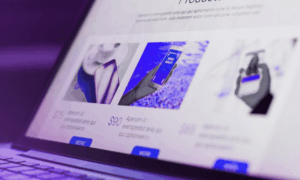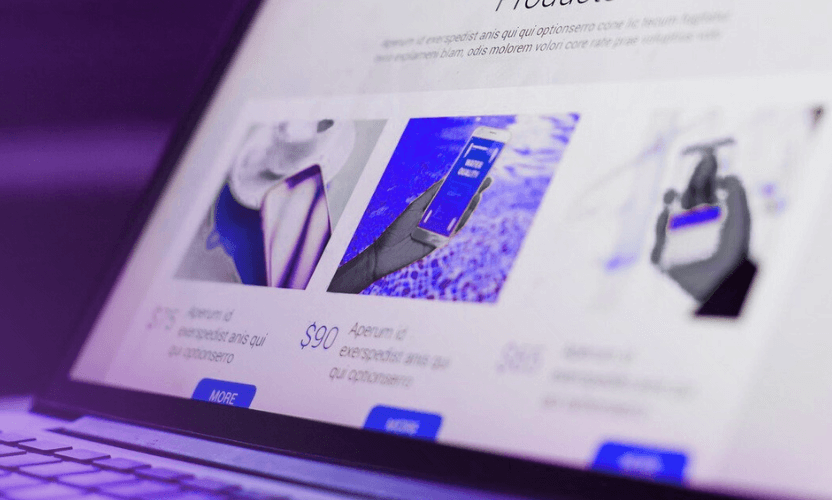Counterfeiting isn’t just a hidden menace. It’s a multi-billion-dollar threat to brands of every size, and across every industry.
A recent OECD–EUIPO study reveals that fakes now constitute over 2.3% of global trade, totalling a staggering $467 billion worth of illicit goods.
What’s driving this surge? The answer lies in our increasingly connected markets, fueled by the rapid expansion of e-commerce and advanced technologies like AI.
- Counterfeiters use digital platforms to bypass regulatory barriers, with unprecedented speed and precision.
- Leading marketplaces, such as Amazon and Temu, have become key channels for these illicit goods to reach a global audience.
- Social media and search engines are exploited to boost the visibility of fakes, often overshadowing genuine offerings.
- Consumer behaviour has shifted, with counterfeits and dupes seen as trendy, cost-effective alternatives — particularly under the current economic pressure.
- Generative AI is accelerating the creation of remarkably convincing scams, making it even more challenging to discern what’s authentic.
For global brands, the risks extend far beyond lost revenue. Counterfeiting not only erodes consumer trust but also tarnishes brand reputation, striking at the very heart of brand integrity.
So, how should your brand respond?
There are three core strategies for tackling counterfeiting. Each has its strengths and limitations: but only one gives brands the reach, speed, and effectiveness needed to stay protected in today’s landscape.
Let’s break them down.
1. Reactive strategy: wait until the damage is done
This is the default approach for many brands. It means acting only when a threat becomes visible — whether that’s when counterfeits are reported by customers, when such goods are exposed in the media, or when revenue losses become too significant to ignore.
It’s understandable. At first glance, this strategy seems efficient. There are no tools to buy, no team to set up, and no time spent on problems that might not exist.
But there’s a hidden cost.
Because there’s no pre-established process, response times are slow. And while you’re catching up, counterfeits can spread even more: costing you sales and long-term trust.
Why this leaves your brand exposed:
- A delayed reaction leads to increased financial and reputational damage.
- Without a clear strategy, responding becomes unnecessarily time-consuming when threats emerge.
- Limited visibility weakens your brand, since you can only address threats you already know exist.
- And the key point: If you’re always reacting, you’re already behind.
2. Proactive manual strategy: watch and act (but do it all yourself)
Some brands take a more hands-on approach. They actively monitor key channels, investigate threats, and enforce counterfeits. It’s a step up from reactive mode, as it offers more visibility and faster response times.
But it’s also heavily reliant on internal resources. Manual monitoring and enforcement are incredibly time-intensive. Teams are stretched, coverage can be inconsistent, and scalability is limited: especially if your brand operates globally.
Why this still isn’t enough:
- This approach is resource-heavy and difficult to scale.
- It relies on constant, manual effort.
- It’s not built to tackle the complexity or extent of today’s threats.
3. Proactive (Augmented Intelligence) strategy: smart tech and human expertise
This is where real protection happens.
Augmented Intelligence combines powerful AI with brand protection expertise. That means global monitoring, smarter detection, and faster enforcement – all without overloading your team.
AI scans thousands of listings across the web — from marketplaces to social ads and domains — spotting patterns and threats no human team could manage alone. Then, experienced analysts step in to prioritise threats and trigger data-driven enforcement, accelerating action where it matters most.
Why this is the smart choice:
- Monitor global, online channels continuously.
- Detect and prioritise threats with AI-driven precision.
- Accelerate enforcement with expert input.
- Maximise ROI and save valuable time.
It’s scalable, strategic, and delivers real results.
Which strategy is right for your brand?
Where counterfeiters move fast, your brand needs to move faster.
If you want to stay in control without stretching your internal teams, need global visibility, and want to stop threats early (before they do damage), then Augmented Intelligence isn’t just the best choice. It’s the only choice.
Don't wait until you're already a target
Choose a strategy built to support your growth: with the scale, speed, and intelligence needed to protect what matters most.
At SnapDragon, we work with brands across the globe to monitor, detect, and remove counterfeits before they do real damage. Our Augmented Intelligence approach combines cutting-edge AI with deep industry expertise: so you get faster enforcement and better ROI, without the internal burden.
Whether you’re just starting to explore brand protection or ready to upgrade your strategy, we’re here to help.
Let’s talk about how we can protect your brand, together.
Contact us to get started.
"Our brand stands for quality and safety. SnapDragon helps us uphold that promise by relentlessly pursuing counterfeits and unauthorised sellers."
- Robin Homolac, Associate Director B2B Channel Marketing. Ergobaby

Laura Sodaymay
SnapDragon | Brand Protection Specialist







